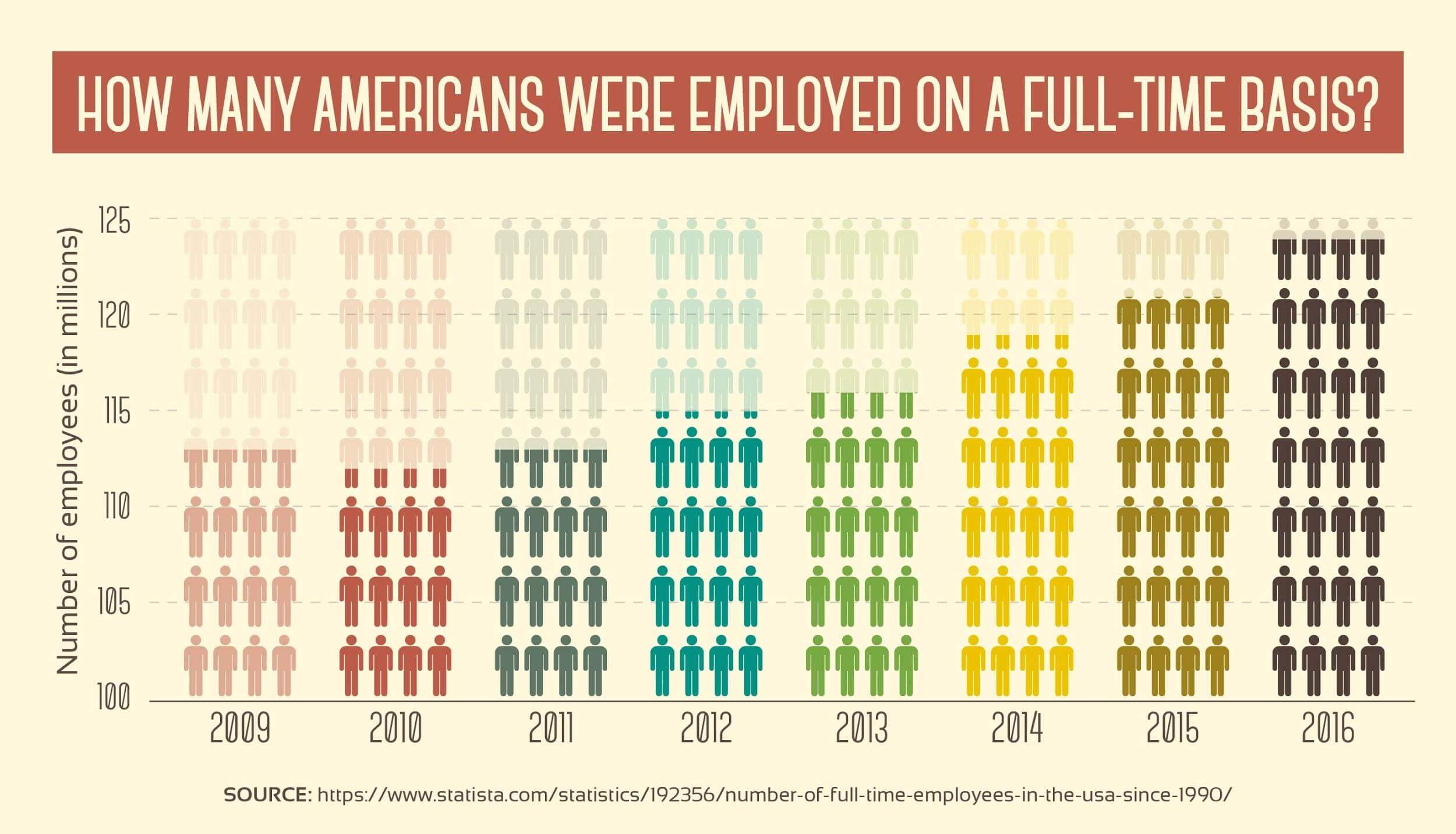
Succession planning can be vital because it helps businesses develop future leaders. It also ensures continuity in operations when an important employee leaves. It maintains the company's competitive edge in an ever-changing market. However, it can be challenging to implement. Therefore, it is important to take time to develop a plan that will work for your organization.
Succession planning can include a variety of different tasks, from identifying candidates to recruiting new talent to developing the skills of current employees. To achieve the desired results, it is important to follow a consistent approach to your succession management strategies. All employees should be part of the plan.
It may be time for succession planning if your company has a talented talent pool. You must identify key roles and create a succession plan. This can be determined by a number of factors including skills and experience. Identifying these positions is essential to your long-term success.

You will need to evaluate your current workforce in order to identify key positions. You can use a skills gap analysis to identify key positions. You will need to identify the areas in which your staff are weak. These skills can help employees prepare for other opportunities and future succession.
Not only will you need to find areas where there are weaknesses, but you also need to encourage high potential employees. There are many methods you can use, including mentoring programs and formal training. This will allow you to develop them into senior roles in the future by promoting them.
Planning your succession management strategy will require you to consider the age and experience of each candidate. A succession planning process that suits your company will create a diverse pool of leaders.
While it may seem like an impossible task, it is possible to build a pipeline of successful candidates that will serve as the backbone of your future workforce. You can start today to make sure your company has the right people in place. Your risk of an unexpected departure can be reduced by enhancing the skills of your current staff.

After creating a succession planning plan, it is important to monitor its effectiveness. This is important, as it can be difficult identifying gaps in your talent pools. You will also need to account the extra work you are doing. Your strategy should be included in the hiring and recruiting process, so your employees know about it.
It is a smart idea to include your company's growth plans when creating a succession plan. If your company expands overseas or enters a new market, you will need certain skills. You should be able adapt to these changes.